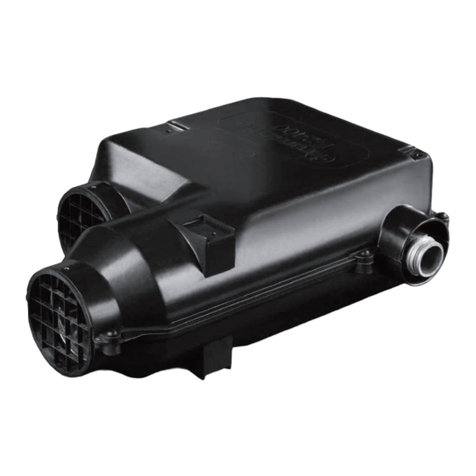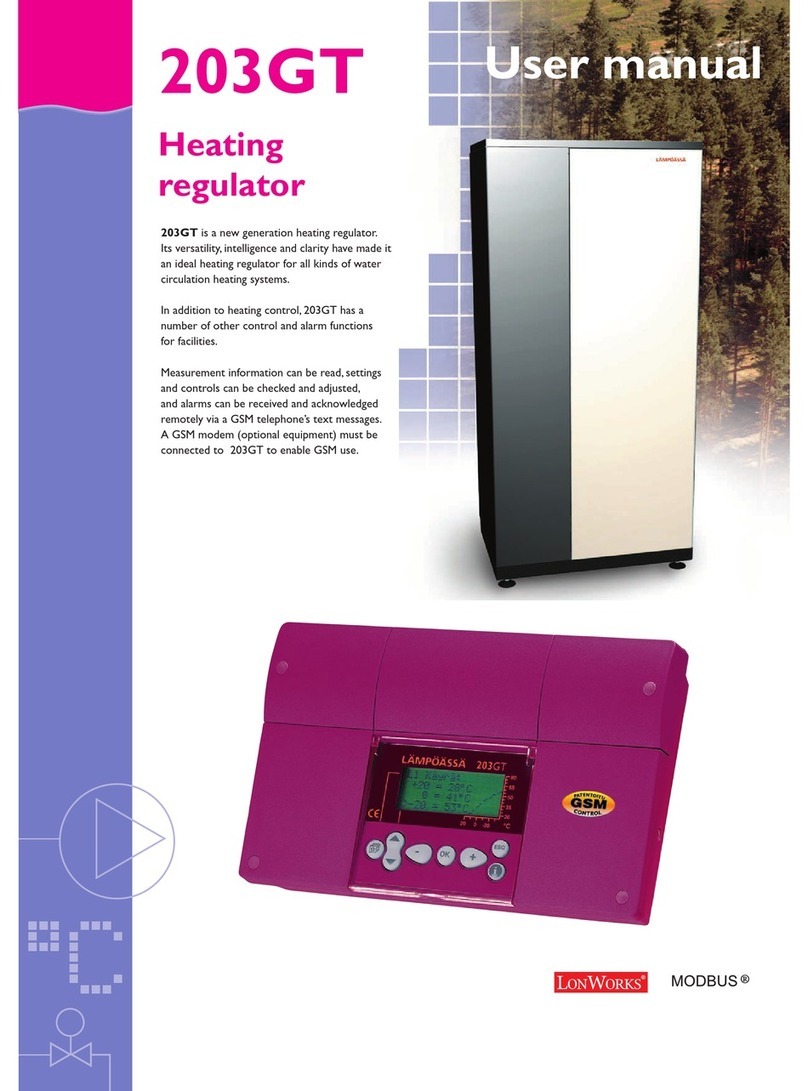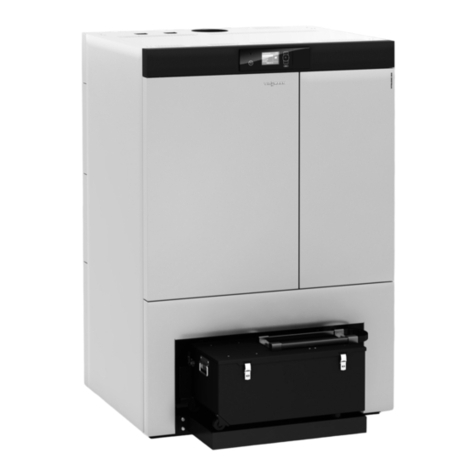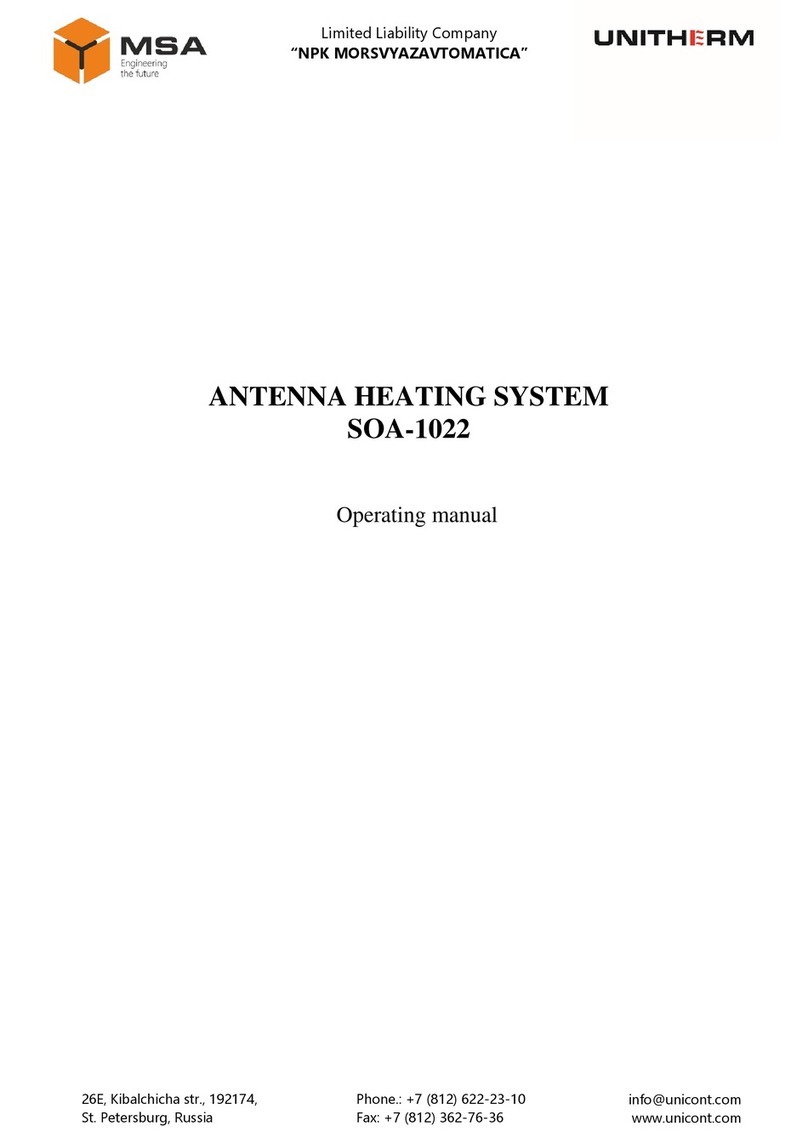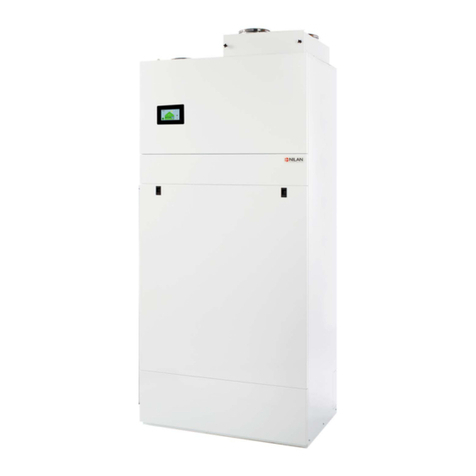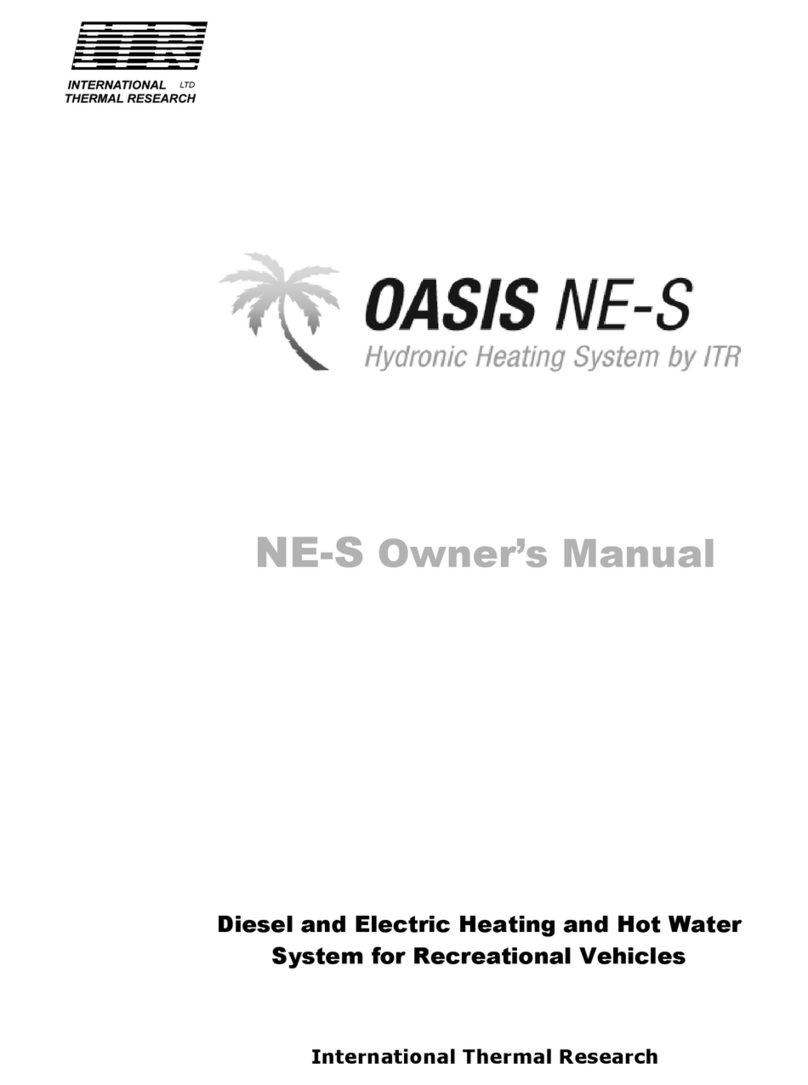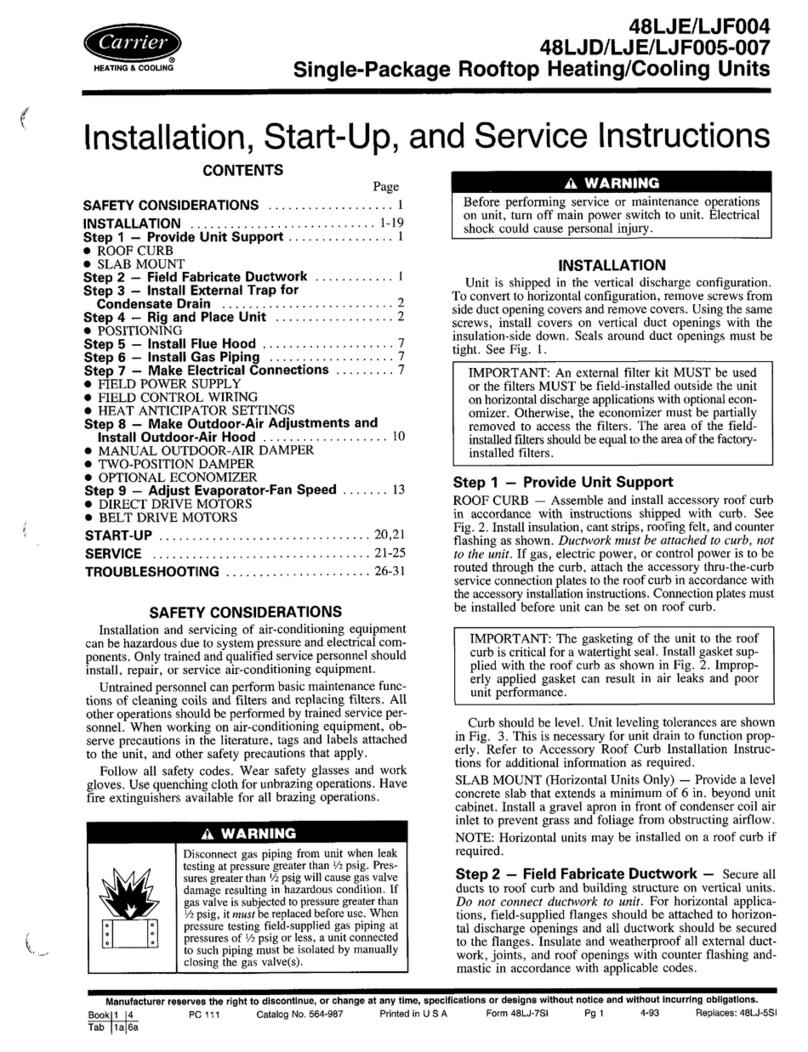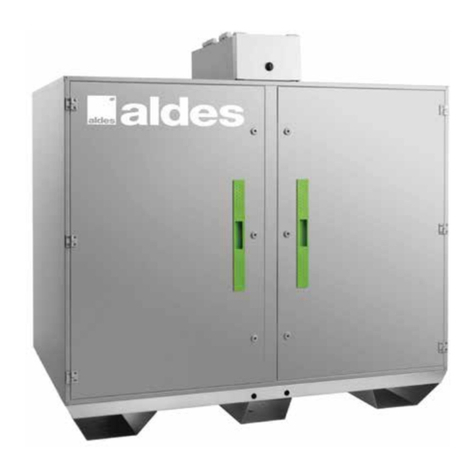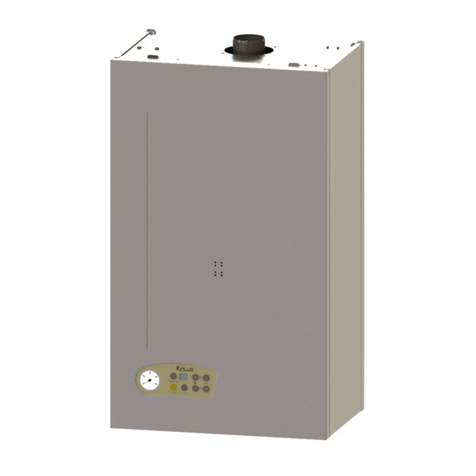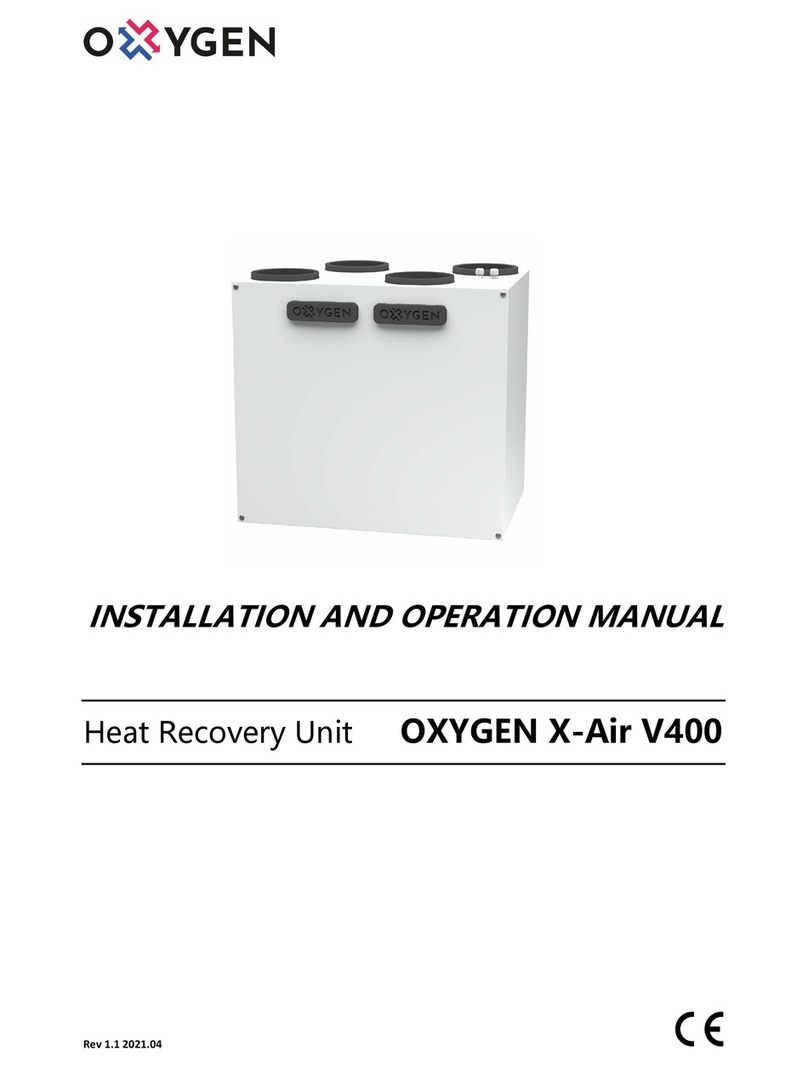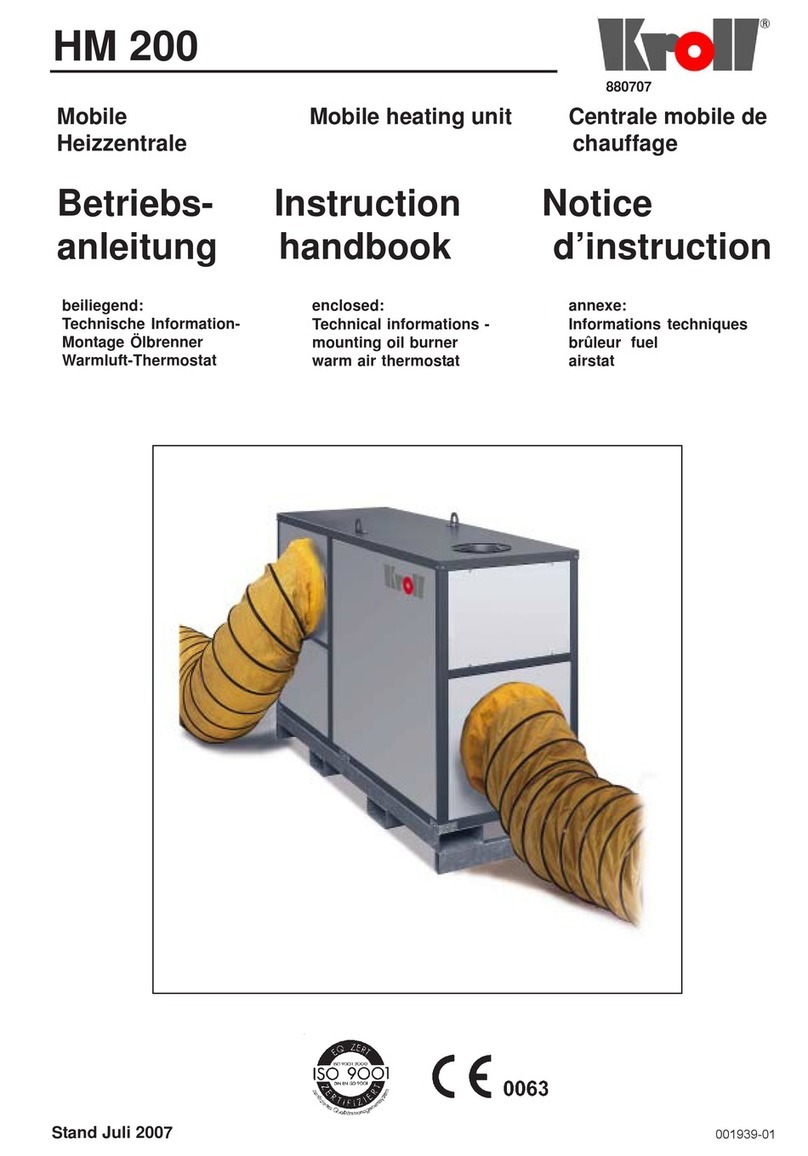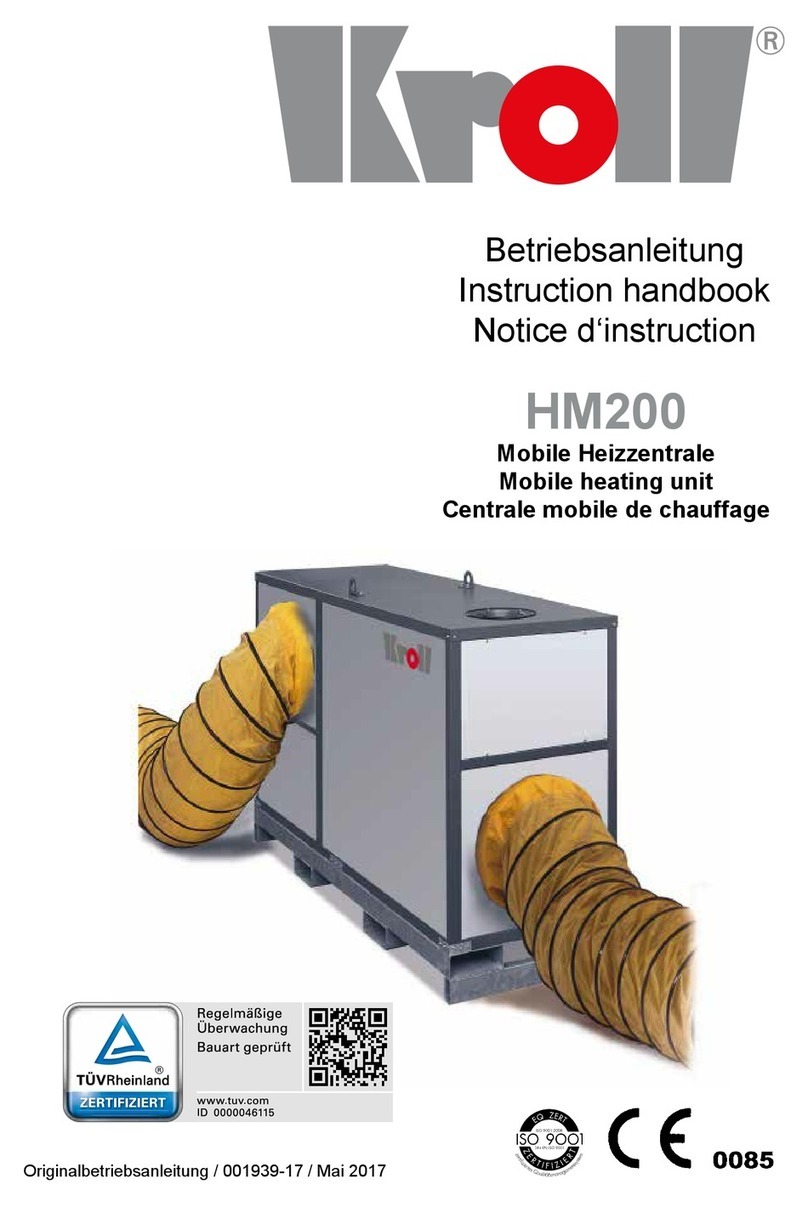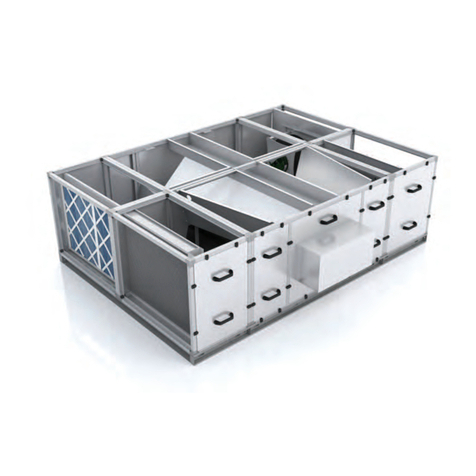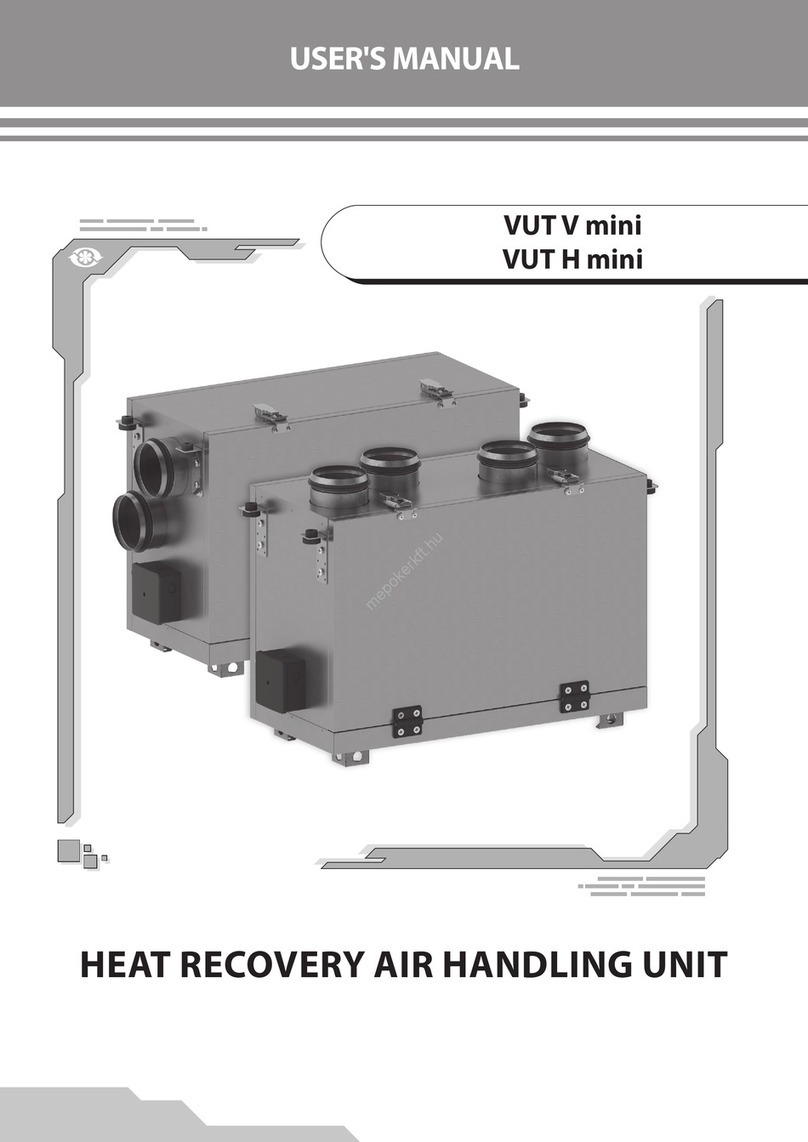
Contents
3
FA ROTEX Solaris - 08/2007
1 Safety . . . . . . . . . . . . . . . . . . . . . . . . . . . . . . . . . . . . . . . . . . . . . . . . . . . . . . . . . . . . . . . . . . . . . . . . . . . . . . . . . . . 5
1.1 Refer to the manual. . . . . . . . . . . . .. . . . . . . . .. . . . . . . .. . . . . . . .. . . . . . . .. . . . . . . . . . . . . . . .. . . . .. . . . . . . .. . . . . . . . .. . 5
1.2 Warning signs andexplanation of symbols. . . . . . . . . .. . . . . . . .. . . . . . . .. . . . . . . .. . . . . . . . . . . . . .. . . . . . . .. . . . . . . . . . .. . 5
1.3 Danger prevention. . . . . . . . . . . .. . . . . . . .. . . . . . . .. . . . . . . .. . . . . . . .. . . . . . . .. . . . . . . . . . . . . . . .. . . . . . . .. . . . . . . . .. . 6
1.4 Intended use . . . . . . . . . . . . . . . . . . . . .. . . . . . . .. . . . . . . .. . . . . . . .. . . . . . . .. . . . . . . . . . . . . . . . .. . . . . . . .. . . . . . . .. . . . . 6
1.5 Instructions for working safely . . . . . . .. . . . . . . .. . . . . . . .. . . . . . . .. . . . . . . .. . . . . . . . . . . . . .. . . . . . . .. . . . . . . .. . . . . . . . 6
2 Product description. . . . . . . . . . . . . . . . . . . . . . . . . . . . . . . . . . . . . . . . . . . . . . . . . . . . . . . . . . . . . . . . . . . . . . . . . 7
2.1 Design and components of the Solaris system. . . . . . . . . .. . . . . . . .. . . . . . . .. . . . . . . .. . . . . . . . . . . . .. . . . . . . . . . .. . . . . . . . 7
2.2 Brief description . . . . . . . . . . . . .. . . . . . . .. . . . . . . .. . . . . . . .. . . . . . . .. . . . . . . . . . . . . . . . . . .. . . . . . . .. . . . . . . .. . . . . . . . 8
2.3 System components . . . . . . . . . . . .. . . . . . . . .. . . . . . . .. . . . . . . .. . . . . . . .. . . . . . . . . . . . . . . . . . .. . . . . . . .. . . . . . . .. . . . . 9
2.3.1 Control and pump unit. . . . . . . . . . . . . . . . . . . . . .. . . . . . . .. . . . . . . .. . . . . . . .. . . . . . . . . . . . . .. . . . .. . . . . . . .. . . . . . . . 9
2.3.2 Optional Flow controller FlowGuard and Flow controller FlowSensor. . . . . . . . . . . . . . . . . . .. . . . . . . .. . . . . . . . . . . . . .. . . . . 9
2.3.3 Connection pipes. . . . . . . . . . . .. . . . . . . . .. . . . . . . .. . . . . . . .. . . . . . . .. . . . . . . . . . . . .. . . . . . . . . . .. . . . . . . .. . . . . . . . 9
2.3.4 Other mounting accessories . . . . . . . . . . . . . . . . . . . .. . . . . . . .. . . . . . . .. . . . . . . .. . . . . . . . . . . . . . . .. . . . . . . . . . .. . . . 10
3 Installation . . . . . . . . . . . . . . . . . . . . . . . . . . . . . . . . . . . . . . . . . . . . . . . . . . . . . . . . . . . . . . . . . . . . . . . . . . . . . . 12
3.1 System concepts. . . . . . . . . . . . . . . . . . . . .. . . . . . . .. . . . . . . .. . . . . . . .. . . . . . . .. . . . . . . . . . . . . . . . . . .. . . . . . . . . . .. . . . 12
3.2 Installing the control and pump unit. . . . . . . . . .. . . . . . . .. . . . . . . .. . . . . . . .. . . . . . . .. . . . . . . . . . . . . . . . . . .. . . . . . . . . . . . 13
3.2.1 Mounting the pump unit . . . . . . . . . . . . . . .. . . . . . . .. . . . . . . .. . . . . . . .. . . . . . . . . . . . .. . . . . . . . . . .. . . . . . . . . . .. . . . 13
3.2.2 Installing the sensors . . . . . . . . . . .. . . . . . . .. . . . . . . .. . . . . . . .. . . . . . . .. . . . . . . . . . . . . .. . . . . . . .. . . . . . . .. . . . . . . 17
3.2.3 Installing the temperature sensor . . . . . . . . . .. . . . . . . .. . . . . . . .. . . . . . . .. . . . . . . . .. . . . . . . . . . . . . . . .. . . . .. . . . . . . 18
3.3 Installing the connection pipes. . . . . . . . . . . . . .. . . . . . . .. . . . . . . .. . . . . . . .. . . . . . . .. . . . . . . . . . . . . . . .. . . . .. . . . . . . . .. 19
3.3.1 Fitting the connection pipe to the solar panel . . . . . . . . . . . . . . . . . . . .. . . . . . . .. . . . . . . .. . . . . . . . . . . . . .. . . . . . . .. . . . 19
3.3.2 Connect several Sanicube hot water storage tanks. . .. . . . . . . .. . . . . . . .. . . . . . . .. . . . . . . .. . . . . . . . . . . . .. . . . . . . . .. 20
3.3.3 Installing the common return flow pipe . . . . . . . . . . . .. . . . . . . .. . . . . . . .. . . . . . . .. . . . . . . . . . . . . . . .. . . . . . . .. . . . . . . 21
3.4 Installing the solar panel components . . . . . . . . . . . . .. . . . . . . .. . . . . . . .. . . . . . . .. . . . . . . . . . . . . . . .. . . . . . . .. . . . . .. . . . 22
3.4.1 Installing the supporting structure for subsequent installation on the roof. . . . . . . . . .. . . . . . . .. . . . . . . .. . . . . . . .. . . . . . . 23
3.4.2 Installing the supporting structure for subsequent installation on a flat roof . . . . . . . . . . . . . . . . . . . . .. . . . . . . . . . .. . . . . . . 27
3.4.3 Installing the supporting structure for subsequent in-roof installation . . . . .. . . . . . . .. . . . . . . .. . . . . . . . . . .. . . . . . . .. . . . 27
3.4.4 Installing the first solar panel . . . . . . . .. . . . . . . .. . . . . . . .. . . . . . . .. . . . . . . .. . . . . . . . . . . . . .. . . . . . . .. . . . .. . . . . . . 27
3.4.5 Installing the other solar panels. . . . . . . . . .. . . . . . . .. . . . . . . .. . . . . . . .. . . . . . . .. . . . . . . . . . . . . . . .. . . . . . . . . . .. . . . 28
3.4.6 Installing the equipotential bondingterminal . . . . .. . . . .. . . . . . . .. . . . . . . .. . . . . . . . .. . . . . . . . . . . . .. . . . . . . .. . . . . . . 30
3.4.7 Running the connection pipes and solar panel temperature sensor cable through the roof . . . . . . . . . . . . . .. . . . . . . . . . .. . . . 30
3.4.8 Installing the solar panel temperature sensor. . . . . . . . . .. . . . . . . .. . . . . . . .. . . . . . . . .. . . . . . . . . .. . . . . . . .. . . . . . . . .. 33
3.4.9 Uninstalling the solar panels . . . . . . . . . . . .. . . . . . . .. . . . . . . .. . . . . . . .. . . . . . . .. . . . . . . . . . . . .. . . . . . . . . . .. . . . . . . 34
3.4.10 Additional notes about connection pipes . . . . . . . . . . . . . . . .. . . . . . . .. . . . . . . .. . . . . . . .. . . . . . . . . . . . . .. . . . . . . .. . . . 34
4 Start-up . . . . . . . . . . . . . . . . . . . . . . . . . . . . . . . . . . . . . . . . . . . . . . . . . . . . . . . . . . . . . . . . . . . . . . . . . . . . . . . . . 35
4.1 Operating Solaris systems without a FlowSensor . . . . . . . . . . . . . . . . . . . .. . . . . . . .. . . . . . . .. . . . . . . . . . .. . . . . . . .. . . . . . . 35
4.2 Operation of Solaris systems with a FlowSensor. . . . . . . . . .. . . . . . . .. . . . . . . .. . . . . . . . .. . . . . . . . . . . . . . . . . .. . . . . . . . .. 36
5 Control. . . . . . . . . . . . . . . . . . . . . . . . . . . . . . . . . . . . . . . . . . . . . . . . . . . . . . . . . . . . . . . . . . . . . . . . . . . . . . . . . . 38
5.1 Operating and display elements. . . . . . . . . . . . . . . . . . . . .. . . . . . . .. . . . . . . .. . . . . . . .. . . . . . . . . . . . . . . .. . . . . . . . . . .. . . . 38
5.2 Controller operating principle. . . .. . . . . . . .. . . . . . . .. . . . . . . .. . . . . . . .. . . . . . . .. . . . . . . . . . . . . . . .. . . . . . . .. . . . . . . . .. 38
5.2.1 Pump operation. . . . . . . . . . . . . . . . . . . . . . . .. . . . . . . .. . . . . . . .. . . . . . . .. . . . . . . . . . . . . . . . .. . . . . . . .. . . . . . . .. . . . 38
5.2.2 Booster function for highsolar panel temperatures. . . . .. . . . . . . .. . . . . . . .. . . . . . . . .. . . . . . . . . . . . .. . . . . . . .. . . . . . . 39
5.2.3 Switch-on inhibit function. . . . . . . . . . . . . .. . . . . . . .. . . . . . . .. . . . . . . .. . . . . . . .. . . . . . . . . . . . . . . .. . . . .. . . . . . . . .. 39
5.2.4 Pump kick function. . . . . . . . . . . . . . . .. . . . . . . .. . . . . . . .. . . . . . . .. . . . . . . .. . . . . . . . . . . . . . . .. . . . . . . .. . . . . . . . .. 39
5.2.5 Manual operation .. . . . . . . .. . . . . . . .. . . . . . . .. . . . . . . .. . . . . . . .. . . . . . . .. . . . . . . . . . . . . . . .. . . . . . . .. . . . . . . . .. 39
5.2.6 Solaris FlowSensor. . . . . . . . . .. . . . . . . . .. . . . . . . .. . . . . . . .. . . . . . . .. . . . . . . .. . . . . . . . . . . . . . . .. . . . . . . .. . . . . . . 40
5.2.7 Output calculation, maximum values and yield count. . . . . . . . . . . . . . .. . . . . . . .. . . . . . . .. . . . . . . . . . . . . .. . . . . . . .. . . . 40
5.2.8 Speed control of circulation pump P1 . .. . . . .. . . . . . . .. . . . . . . .. . . . . . . .. . . . . . . . .. . . . . . . . . . . . .. . . . . . . .. . . . . . . 40
5.2.9 Overall reset function . . . . . . . . . . . . . . . . .. . . . . . . .. . . . . . . .. . . . . . . .. . . . . . . .. . . . . . . . . . . . . . . .. . . . . . . .. . . . . . . 41
5.2.10 Frost protection function . . . . . . . . . . . . . . . .. . . . . . . .. . . . . . . .. . . . . . . .. . . . . . . . . . . . . .. . . . . . . .. . . . . . . .. . . . . . . 41
5.2.11 System leakage protection function . . . . . . . .. . . . . . . .. . . . . . . .. . . . . . . .. . . . . . . . .. . . . . . . . . . . . . . . .. . . . . . . .. . . . 41
